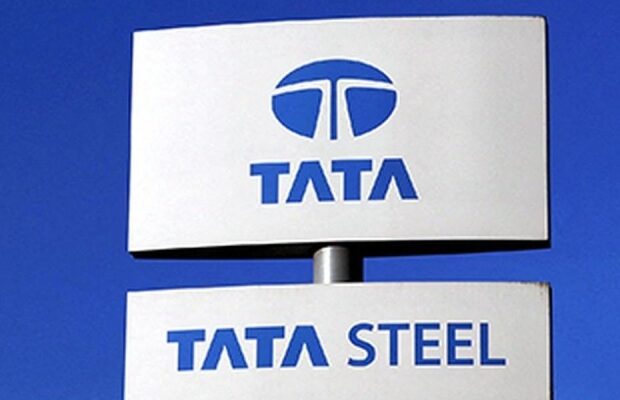To streamline operations and save expenses, Tata Steel Ltd. on Friday announced the merger of seven of its subsidiaries with itself, including four publicly traded and three unlisted businesses.
The merger of Tata Steel Long Products Ltd (TSL), Tinplate Co. of India Ltd, Tata Metaliks Ltd, TRF Ltd, The Indian Steel & Wire Products Ltd, Tata Steel Mining Ltd, and S&T Mining Co. Ltd was accepted by the board of Tata Steel.
Analysts stated that the merger simplifies the business structure and may result in cost savings and synergy benefits in addition to possible earnings growth.
On Friday’s stock exchanges, Tata Steel saw gains as high as 4.1%, but they were significantly curtailed as the benchmark Sensex index fell more than 1.73%. Even so, it managed to close with profits of 0.55%.
Tata Metaliks stockholders will receive 79 shares from Tata Steel for every 10 shares they possess, while Tinplate shareholders will receive 33 shares for every 10 shares they own. According to experts at Anand Rathi Equity Research, the share swap at a premium of 2% and 1%, respectively, appears to benefit Tata Metaliks and Tinplate owners.
However, according to analysts, Tata Steel stockholders will benefit from the share swap ratio in Tata Steel Long Products, where Tata Steel will exchange 67 shares for every 10 shares of Tata Steel Long Products (at a 7.8% discount). TRF is also in Tata Steel’s favour because it will exchange 17 shares for every 10 shares of TRF (a 53% discount on the share price).
Indian Steel & Wire Products Ltd.’s stockholders would receive 426 rupees from Tata Steel per share. S&T Mining Co. Ltd. and Tata Steel Mining Ltd. are completely owned subsidiaries of Tata Steel.
Operational integration and improved facility utilisation are two of the main advantages that Tata Steel has identified as having the potential to provide synergy benefits for the combined company. Resources from merging firms may be combined, and companies’ marketing and distribution networks may work together.
The optimization of logistical costs and improved raw material security may also result from the consolidation. Additionally, analysts predicted that following the merger, the businesses’ royalties on the purchase of iron ore would decrease dramatically.
Although it did not quantify or offer any particular advice on potential synergies, the company also mentioned the advantages that will result from effective working capital and cash flow management.
Jatin Damania, vice-president, fundamental research, Kotak Securities Ltd, said, “We estimate ₹750 crore-800 crore of annual savings, equity dilution of 2.2% and potential earnings per share accretion of 1.5-2%.”
Damania said that the merger is a positive step as it will simplify the corporate structure, plug leakage of additional royalty payments on inter-company iron ore transfers, reduce corporate overheads, enable various businesses with the higher financial flexibility to progress on growth projects and bring in further operational, procurement and tax synergies.
Analysts at another domestic broking said the merger is the right step for Tata Steel Ltd. It will help Tata Steel drive operational and structural synergies across its whole steel value chain, including the forward integration into DI pipe, tinplate, alloy steel and also heavily reduce royalties paid by its subsidiaries on iron ore sourcing.
Analysts also added that some of the subsidiaries having net cash balances and strong cash flow generation would be a favourable value-added business addition to Tata Steel’s portfolio.








